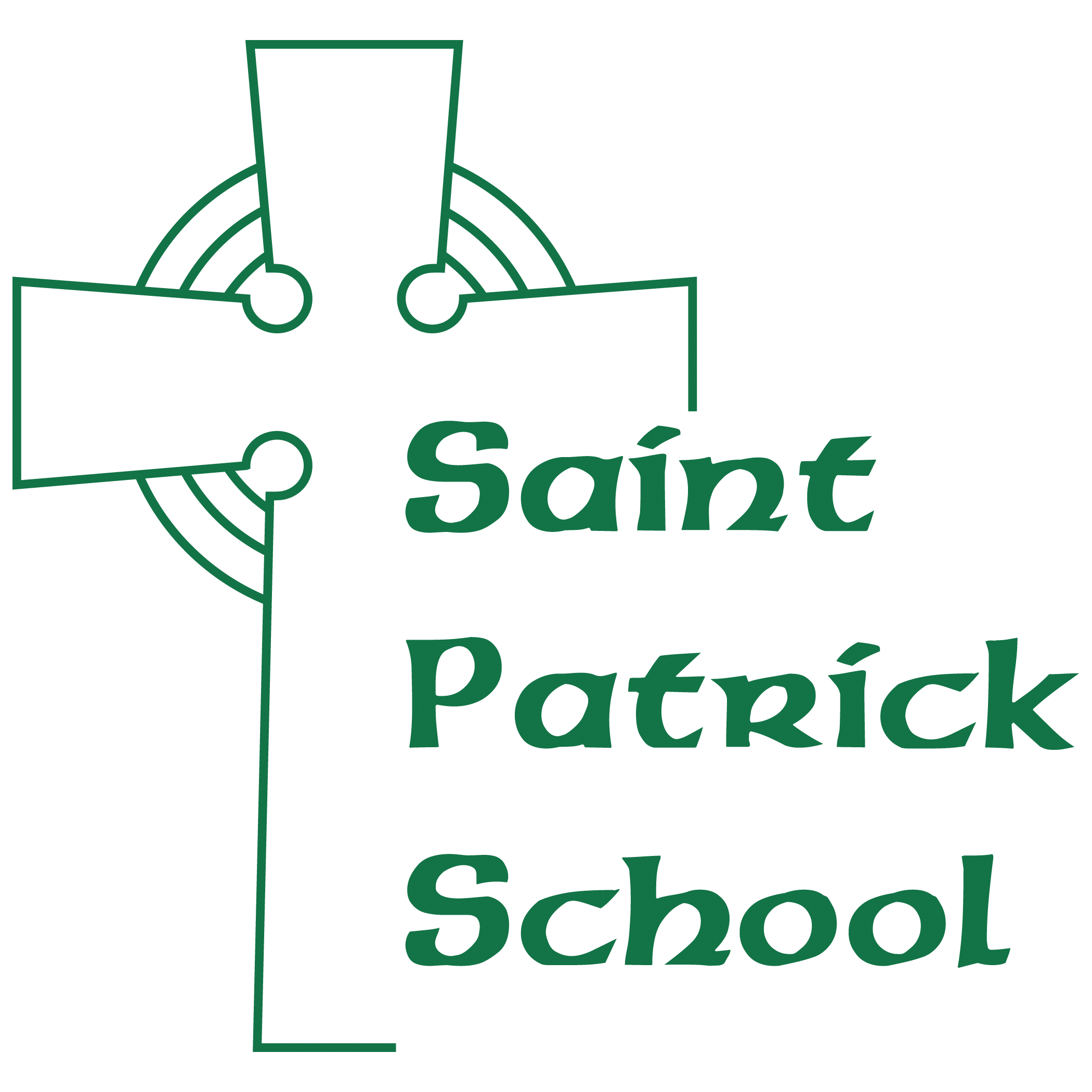“Language is the medium in which human beings think and by which they express what they have thought. The study of language—any language— is therefore the study of everything that pertains to human nature, as humans understand it. ”
Foreign language learning is an opportunity for students to learn about and gain an appreciation for another language and culture outside of their own. Language learning is a lifelong process and at St Patrick School, we offer students in grades K-8 an introduction to the Spanish language and the many Spanish-speaking cultures around the world. Students begin learning the basics of the language by reading, writing and speaking the Spanish language from the very beginning. Through authentic materials, such as poems, short stories, songs, videos, etc., students can gain knowledge of the language, as well as an appreciation of the Spanish-speaking cultures. We cover the daily life, history, literature and holidays and compare other cultures to our own. Our students can compare and contrast the new language and cultures to their own. By comparing their own language to Spanish, they are more aware of the nature of language learning and gain a deeper understanding of both. Our goal in teaching our students is to build a strong foundation in Spanish to promote a lifetime of language learning.
Learning Standards from the Massachusetts Foreign Language Curriculum Framework:
The strands (Communication, Cultures, Connections, Comparisons and Communities) describe the overall content and skills of foreign language learning. The standards (Interpersonal, Interpretive and Presentational Communication, Cultures, Linguistic and Cultural Comparisons, Connections and Communities) define what the students should know and be able to do.
+ Essential Questions & 21st Century Learning Expectations
ESSENTIAL QUESTONS
How do language structures differ between languages?
How does a region’s history shape its present day culture?
How do cultural norms compare between countries?
How do you distinguish between formal and informal language?
What are parts of speech and how are they used?
What is the present tense?
Where does a verb belong in a sentence?
What importance does family structure and faith have in Spanish-speaking cultures?
Topics:
personal biographical information; family/friends; school subjects and schedules; school and classroom; house and home; leisure activities; clothing size/quantity; likes and dislikes; pets and animals; weather/seasons; colors; shapes; gestures within social context; directions; foods / eating customs; major holidays / celebrations; music; sports and games; geography/symbols/signs; daily routines; money and prices/shopping; performing and visual arts; numbers/days/dates/months/time; contributions from Spanish-Speaking cultures to U.S. (people, places, names, borrowed vocabulary, etc.); and age-appropriate literature such as myths, stories, rhymes.
21ST CENTURY LEARNING EXPECTATIONS
Students will begin to develop the ability to communicate effectively.
Students will gain understanding and knowledge of the Spanish speaking world.
Students will develop insight into the nature of language and culture by comparing their own language and culture to another.


